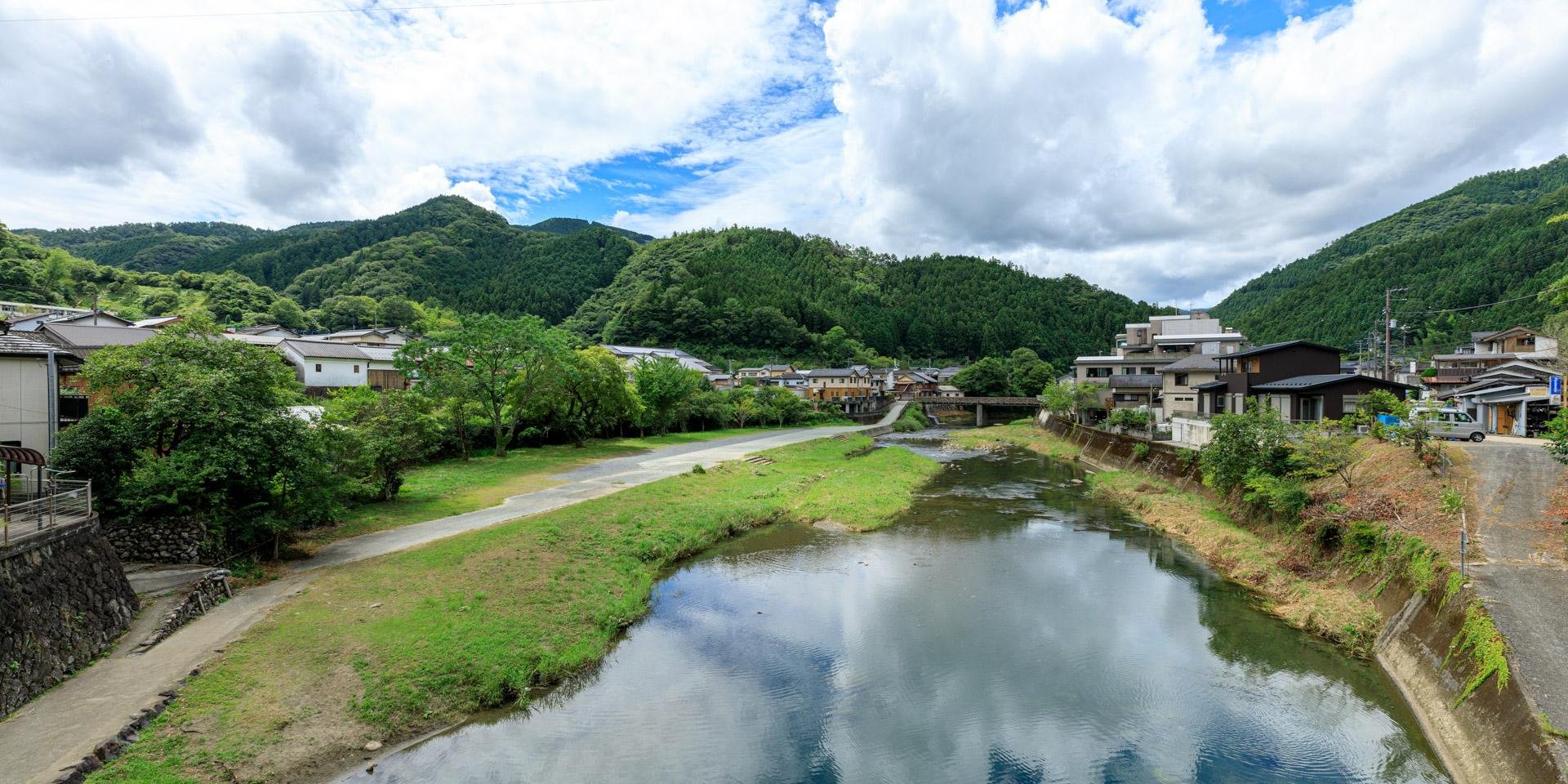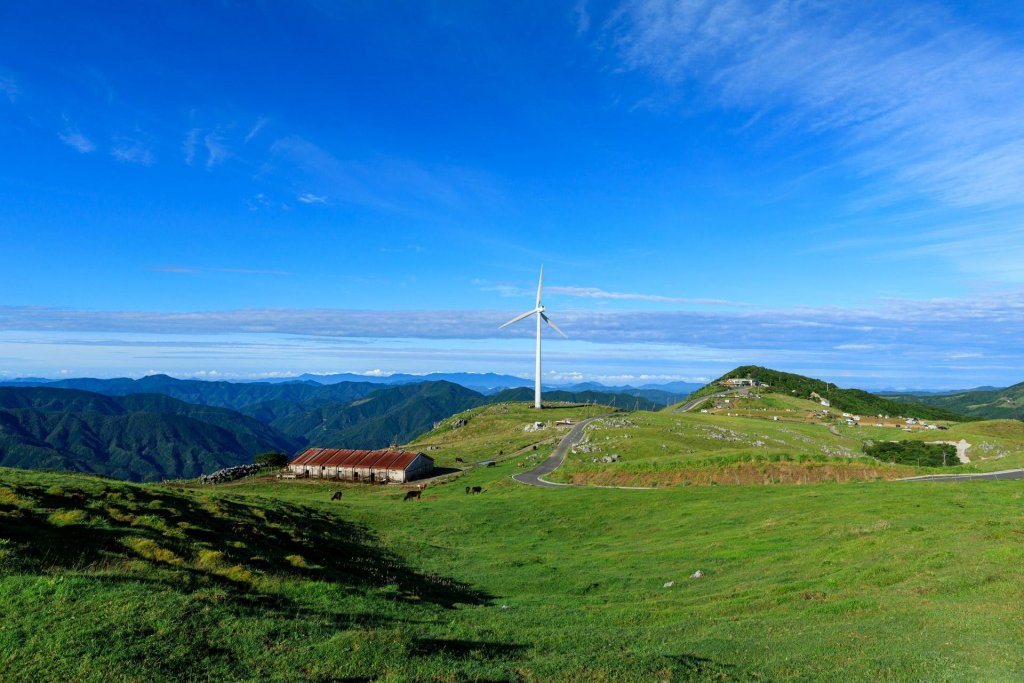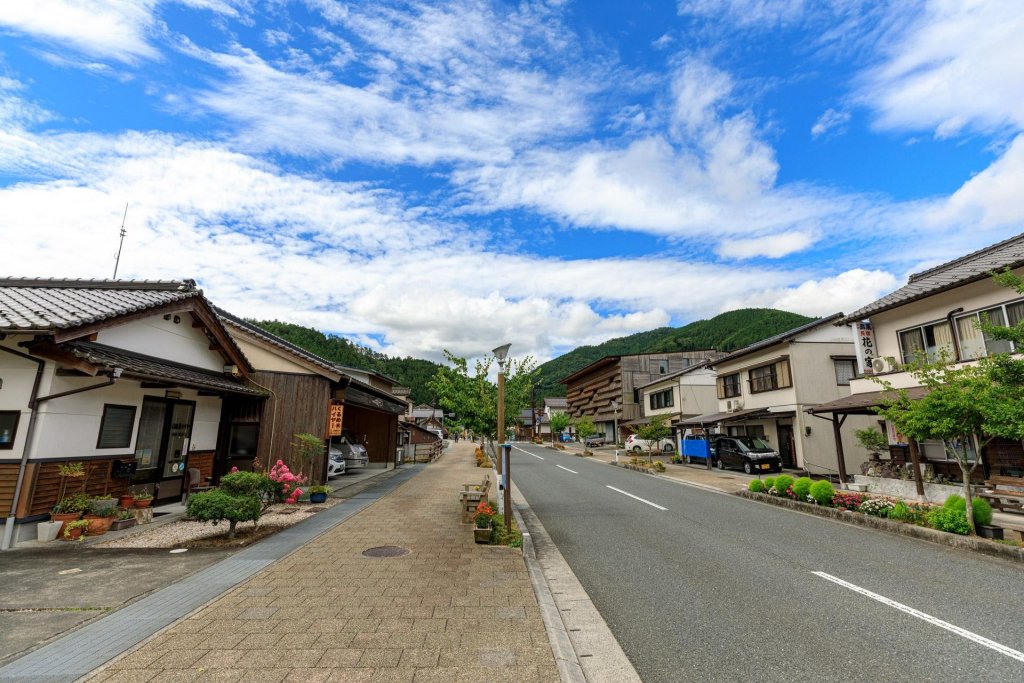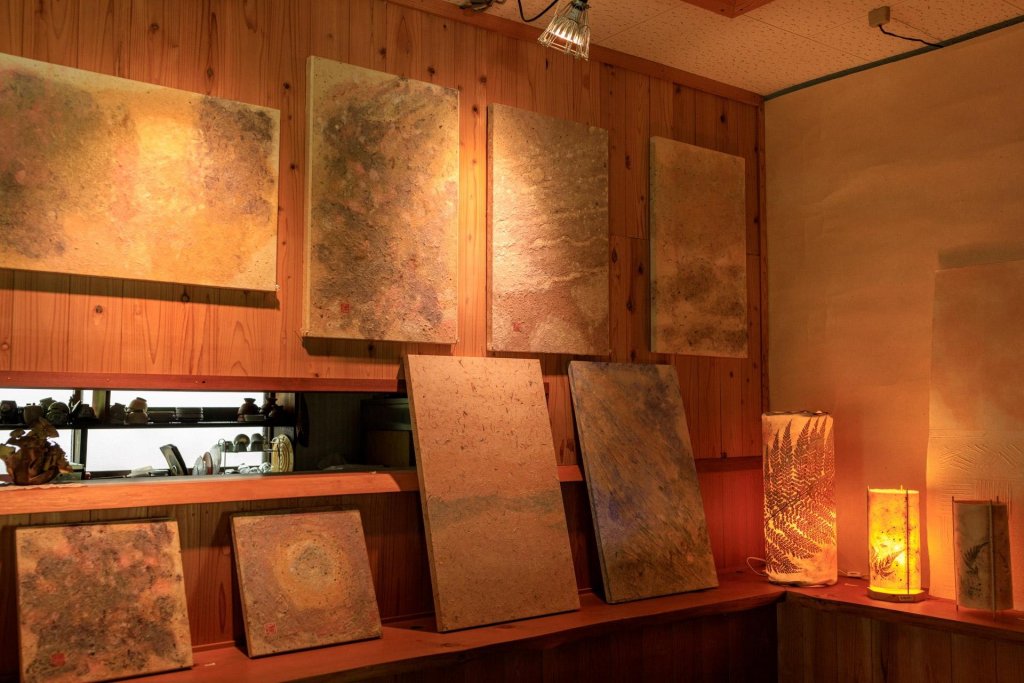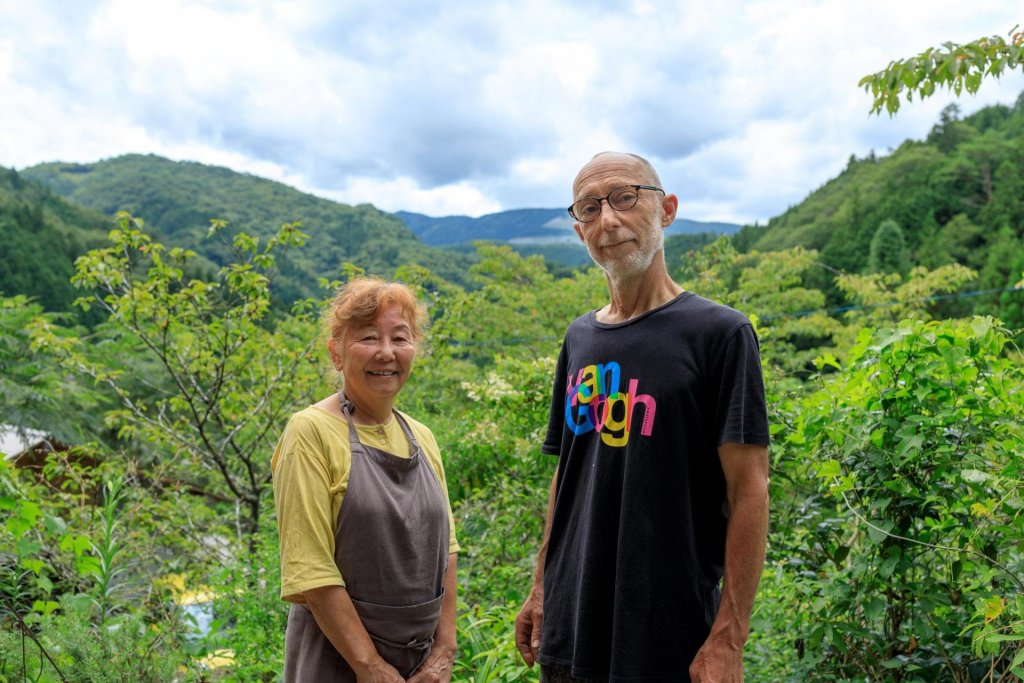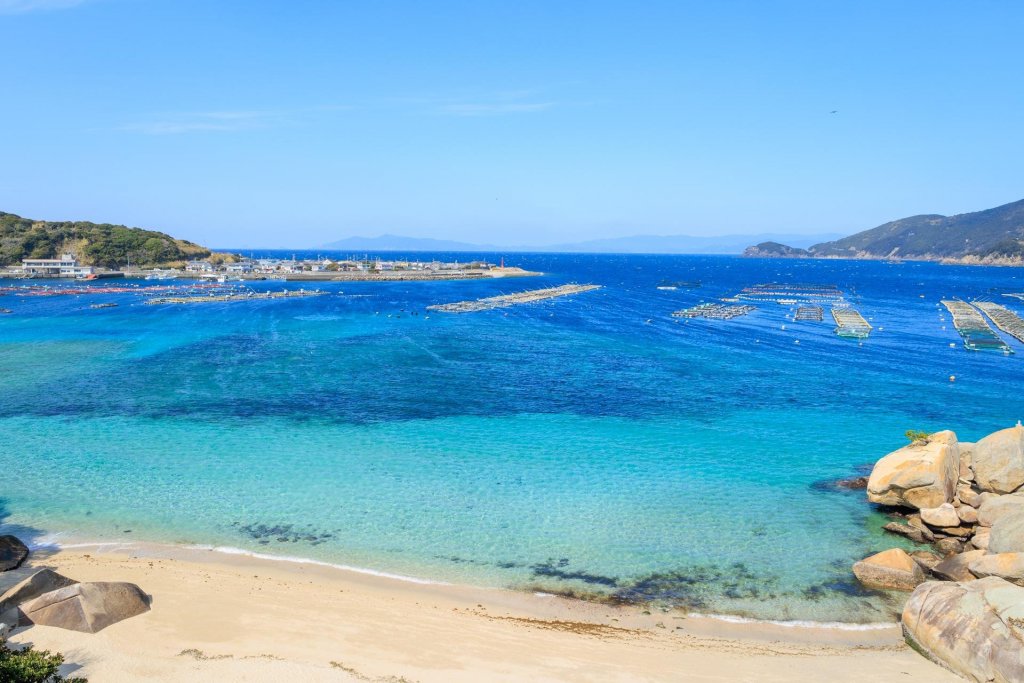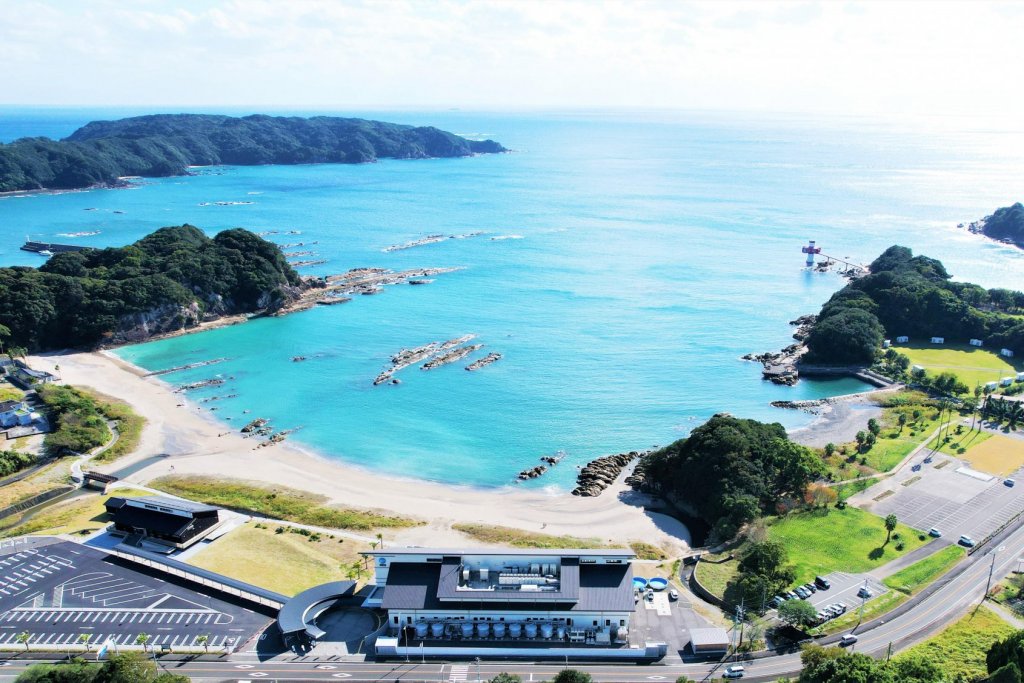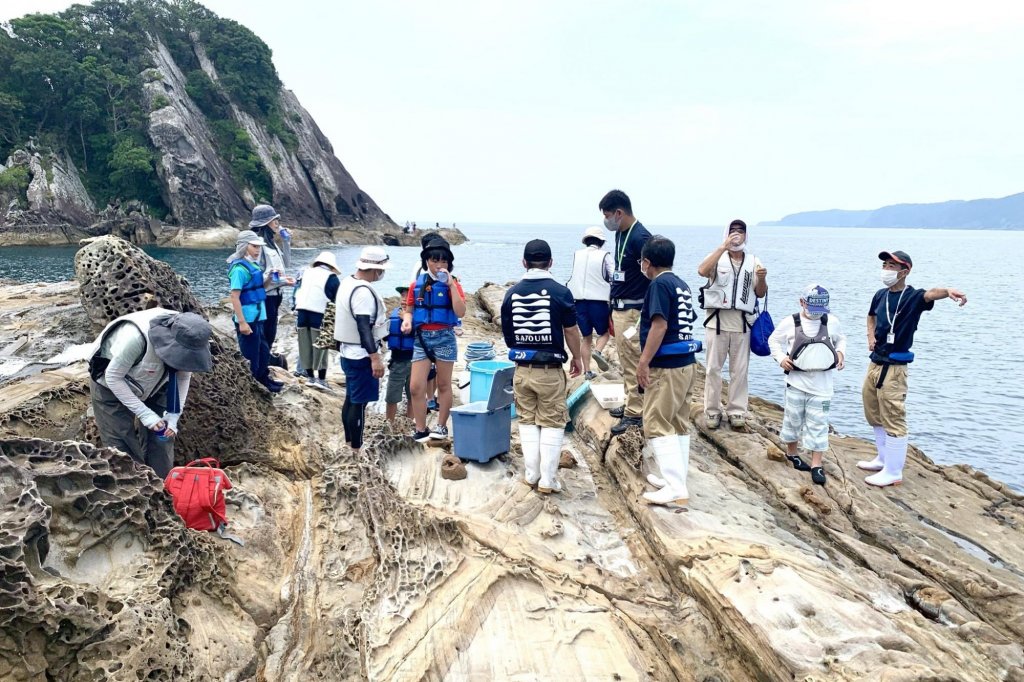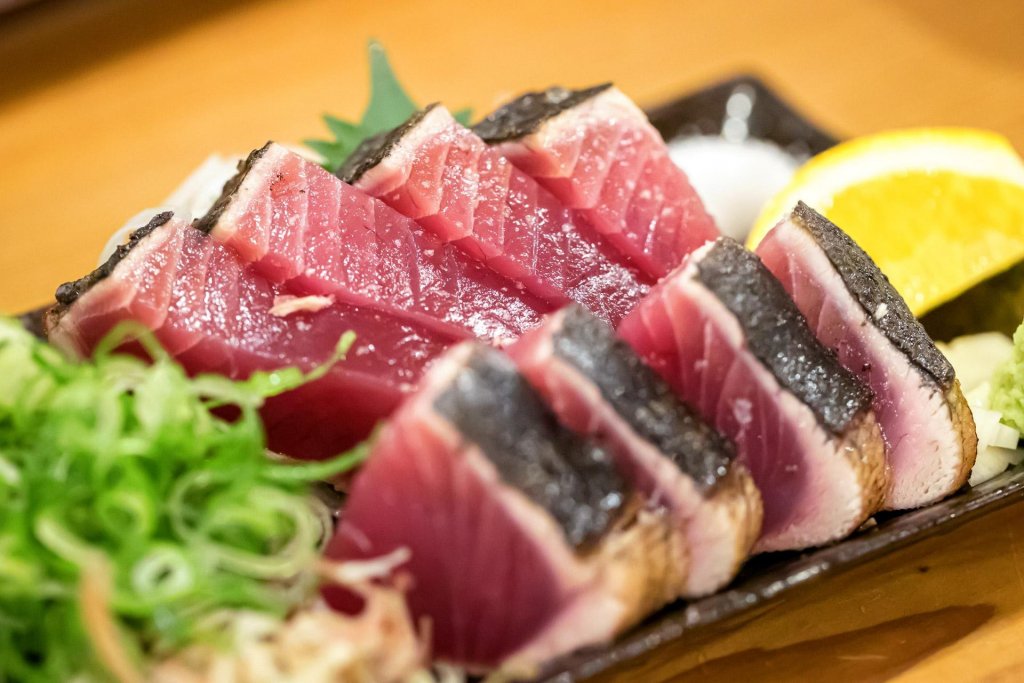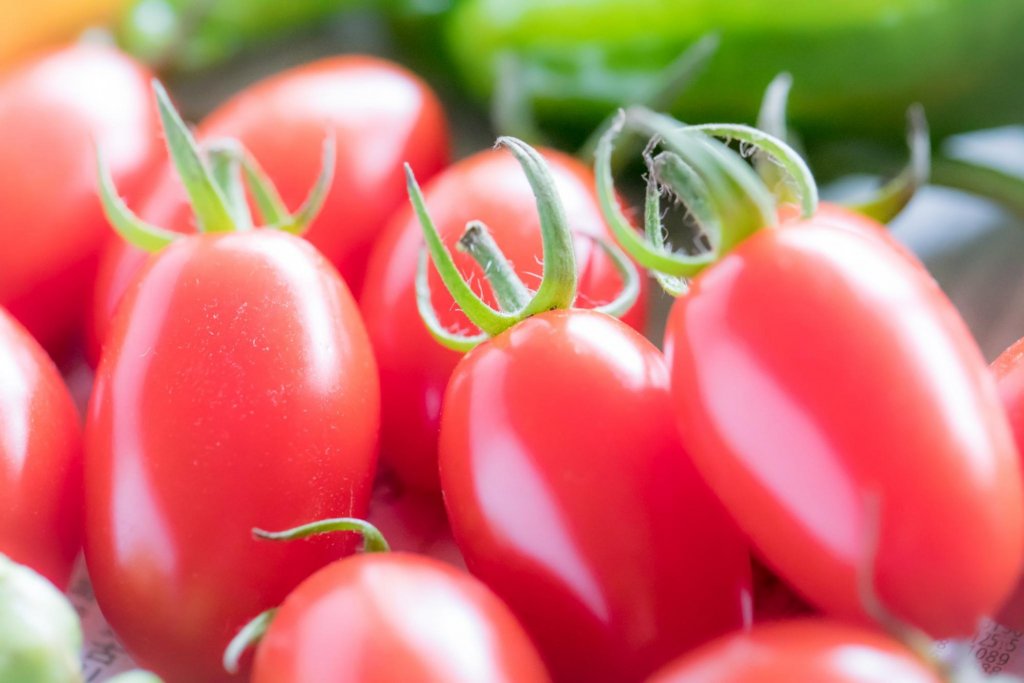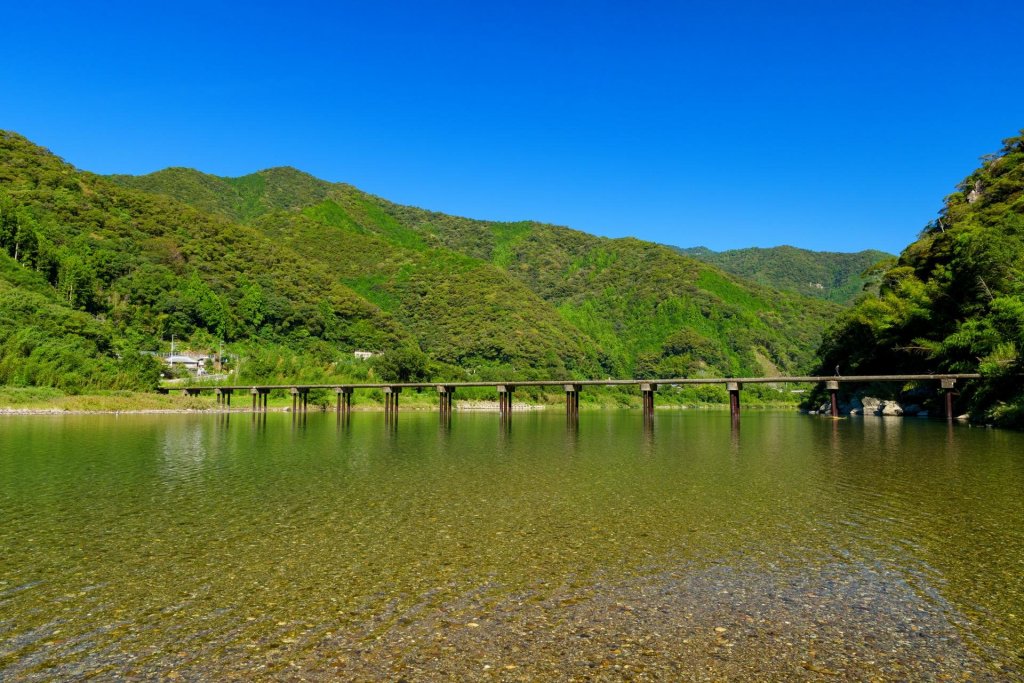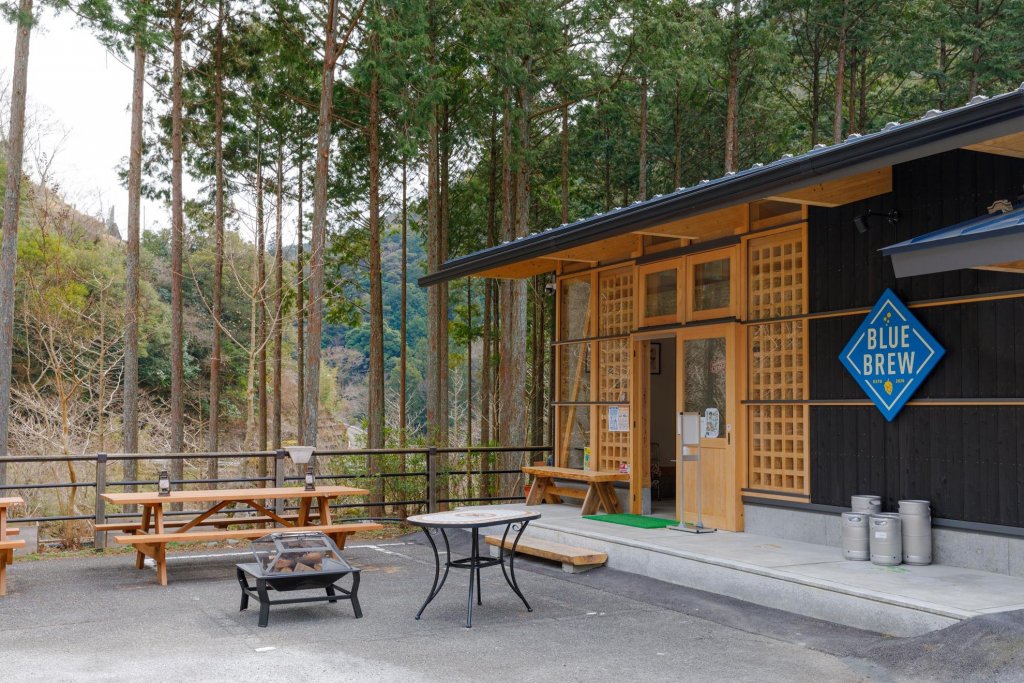Sustainable Tourism in Kochi: Do Good While You Travel
Are you a sustainable traveler, or are you taking steps to reduce your footprint on our beloved planet? After making your way to Kochi by public transportation (as there are excellent train and bus connections from the important bullet train hub of Okayama Station), be sure to check out some of the ways Kochi, which is already 84% covered in forest, is working to make travel (and day to day life!) more sustainable and eco-friendly.
Going green in the mountains
Yusuhara is a town of just under 3,500 people, but is one of the best examples in Kochi of a place that has incorporated sustainable practices and kept the best parts of traditional country life. The town is best known for the six modern buildings designed by architect Kengo Kuma, which were built using local cedar and blend harmoniously into the landscape.
Power lines often crisscross the skyline of Japanese cities and towns, creating an eyesore that shows up in all your photos. In Yusuhara the cables along the attractive main street are buried, so that the mountains and pretty houses can all be seen clearly. The town mainly runs on solar and wind power. With all the creature comforts one needs, including a few coffee shops and several restaurants, this revitalized community is a perfect gateway to the trekking routes around Shikoku Karst Natural Park, the Kubotani Therapy Road or Dappan no Michi trail.
For those who prefer more indoor pursuits, in a settlement above the center of town you can learn the 1400-year-old craft of washi, Japanese paper-making. Taught by Dutch-born washi master Rogier Uitenboogaart at Kamikoya, his workshop along the mountain slopes, this is a rare opportunity to experience making truly sustainable paper. For the full experience, you can spend a night or two at the family’s Japanese-style guesthouse, a little treasure box decorated with Rogier’s handmade washi lamps and wallpaper.
Power lines often crisscross the skyline of Japanese cities and towns, creating an eyesore that shows up in all your photos. In Yusuhara the cables along the attractive main street are buried, so that the mountains and pretty houses can all be seen clearly. The town mainly runs on solar and wind power. With all the creature comforts one needs, including a few coffee shops and several restaurants, this revitalized community is a perfect gateway to the trekking routes around Shikoku Karst Natural Park, the Kubotani Therapy Road or Dappan no Michi trail.
For those who prefer more indoor pursuits, in a settlement above the center of town you can learn the 1400-year-old craft of washi, Japanese paper-making. Taught by Dutch-born washi master Rogier Uitenboogaart at Kamikoya, his workshop along the mountain slopes, this is a rare opportunity to experience making truly sustainable paper. For the full experience, you can spend a night or two at the family’s Japanese-style guesthouse, a little treasure box decorated with Rogier’s handmade washi lamps and wallpaper.
Protecting the precious seas
Kaiyu is a beach-lover’s ideal hideaway that fronts Oki Beach, a 1.5 kilometer stretch of white sand. This protected bay is teeming with subtropical fish flitting through turquoise waters, which also happens to be a spawning ground for endangered loggerhead turtles. The inn is run by the Okada family and aims to create a truly holistic retreat for visitors. Each room faces the ocean and is decorated using local wood such as hinoki (Japanese cypress), sugi (Japanese cedar) and other natural building materials that are not harmful to the body. Group meals with freshly caught fish and organic ingredients are a chance to refuel and make new friends, but you will get plenty of privacy, making this an ideal spot for a long workation that includes snorkeling and biking breaks.
In the Ashizuri area, Kochi Prefectural Ashizuri Aquarium houses around 15,000 marine animals of 350 species. The aquarium serves as a local research and preservation center, and a part of the proceeds for every ticket goes toward protecting the coral reefs around the Tatsukushi Coast, including removing the dangerous crown-of-thorns starfish that threaten the coral colonies.
A bit further along is the seaside paradise of Kashiwa Island, a compact 4-kilometer-long isle with white sandy beaches, turquoise water, and coral reefs that are home to around 1,000 of the 3,500 fish species found across Japan. There are plenty of activities to do here, but if you want to support the local sea life, head to the Kuroshio Experience Center, an organization that works to protect the important aquatic habitat around the island and support holistic ways of living harmoniously with the sea. By taking one of their cruises or snorkeling and clear kayaking tours, you help support their endeavors, such as increasing the population of bigfin reef squid and providing programs to teach children about the importance of the sea.
In the Ashizuri area, Kochi Prefectural Ashizuri Aquarium houses around 15,000 marine animals of 350 species. The aquarium serves as a local research and preservation center, and a part of the proceeds for every ticket goes toward protecting the coral reefs around the Tatsukushi Coast, including removing the dangerous crown-of-thorns starfish that threaten the coral colonies.
A bit further along is the seaside paradise of Kashiwa Island, a compact 4-kilometer-long isle with white sandy beaches, turquoise water, and coral reefs that are home to around 1,000 of the 3,500 fish species found across Japan. There are plenty of activities to do here, but if you want to support the local sea life, head to the Kuroshio Experience Center, an organization that works to protect the important aquatic habitat around the island and support holistic ways of living harmoniously with the sea. By taking one of their cruises or snorkeling and clear kayaking tours, you help support their endeavors, such as increasing the population of bigfin reef squid and providing programs to teach children about the importance of the sea.
Sustainable (and delicious) food
Trying local flavors is one of the greatest joys of travel, and Kochi is no exception! No visit to the prefecture is complete without trying everyone’s favorite soul food, katsuo no tataki (seared bonito). One of the best places to sample this delicious fishy feast is in Kure, a charming fishing village along the coast. Here the fishermen pride themselves on their ipponzuri (pole fishing) prowess, a traditional style that has been preserved for nearly 400 years. They catch each of these large fish individually using a rod, rather than using nets. While this requires much more effort, it means they can avoid mistakenly scooping up other fish, so is much less damaging for the local sea life.
You can flavor your seared bonito with organic yuzu from the Reihoku and Chugei areas, and sprinkle on some salt from one of the natural salt harvesting businesses along the coast, where they use the power of the sun to slowly dry the umami-packed salt.
By the way, these sustainable practices extend to many of the Kochi-grown fruits and veggies that feature in your meals, which are grown using “ecosystem farming” practices. Kochi is top in Japan for using ladybugs to control pests when growing peppers and eggplant, and farmers also pay attention to the natural cycles of plant life by using bees to pollinate plants. Recycling byproducts and materials used in agriculture, and using heat and nets (rather than dangerous pesticides) to control pests are other ways Kochi’s agricultural specialists reduce their footprint on the earth. At Nishijima Horticultural Park, a short bus or taxi ride from Gomen Station, you can see the ecosystem farming in action, and enjoy their sweet seasonal fruit beneath the pink canopy of bougainvillea.
Follow all these mouthwatering (and eco-friendly) dishes with a long draught of beer from Blue Brew. Housed in an idyllic valley in the town of Niyodogawa, this taproom uses ultra-pure water from a nearby spring and locally produced items such as tea, ginger, and satsuma imo (sweet potatoes), creating craft beers that have a truly only-in-Kochi flavor. The friendly owner also collaborates with farmers to grow hops locally, and this brewery has brought an increasing number of visitors to this little town, who can stay overnight at Shimona no Sato (accomodation housed in a converted former elementary school) or the Yu no Mori hot spring hotel.
No matter whether you are an ocean lover, mountain life enthusiast or adventurous foodie, in Kochi you can have a great time while also keeping your travels sustainable!
You can flavor your seared bonito with organic yuzu from the Reihoku and Chugei areas, and sprinkle on some salt from one of the natural salt harvesting businesses along the coast, where they use the power of the sun to slowly dry the umami-packed salt.
By the way, these sustainable practices extend to many of the Kochi-grown fruits and veggies that feature in your meals, which are grown using “ecosystem farming” practices. Kochi is top in Japan for using ladybugs to control pests when growing peppers and eggplant, and farmers also pay attention to the natural cycles of plant life by using bees to pollinate plants. Recycling byproducts and materials used in agriculture, and using heat and nets (rather than dangerous pesticides) to control pests are other ways Kochi’s agricultural specialists reduce their footprint on the earth. At Nishijima Horticultural Park, a short bus or taxi ride from Gomen Station, you can see the ecosystem farming in action, and enjoy their sweet seasonal fruit beneath the pink canopy of bougainvillea.
Follow all these mouthwatering (and eco-friendly) dishes with a long draught of beer from Blue Brew. Housed in an idyllic valley in the town of Niyodogawa, this taproom uses ultra-pure water from a nearby spring and locally produced items such as tea, ginger, and satsuma imo (sweet potatoes), creating craft beers that have a truly only-in-Kochi flavor. The friendly owner also collaborates with farmers to grow hops locally, and this brewery has brought an increasing number of visitors to this little town, who can stay overnight at Shimona no Sato (accomodation housed in a converted former elementary school) or the Yu no Mori hot spring hotel.
No matter whether you are an ocean lover, mountain life enthusiast or adventurous foodie, in Kochi you can have a great time while also keeping your travels sustainable!
